Michael Laube
about polygons
-
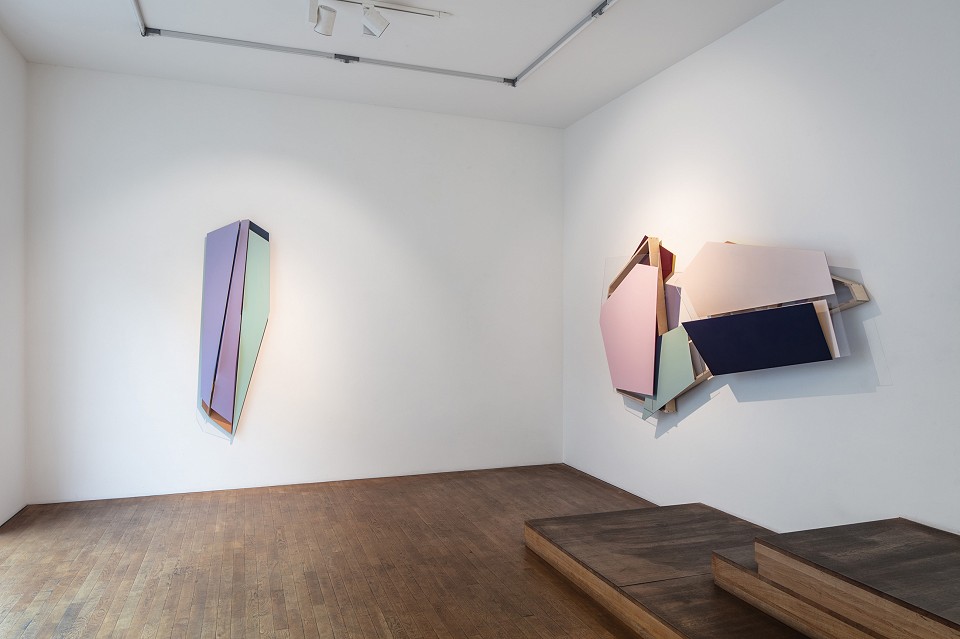
Michael Laube, about polygons, installationview, 2020, Photo: Thomas Bruns
-
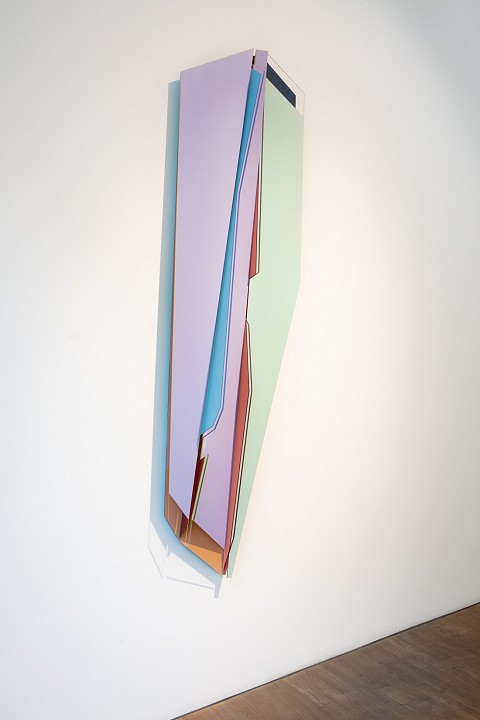
Michael Laube, about polygons, installationview, 2020, Photo: Thomas Bruns
-
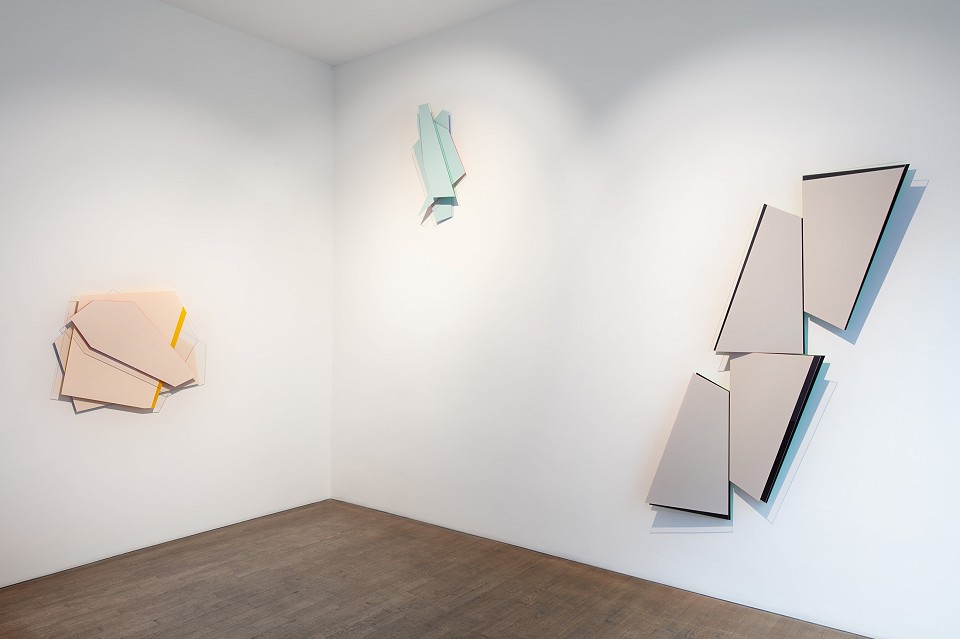
Michael Laube, about polygons, installationview, 2020, Photo: Thomas Bruns
-
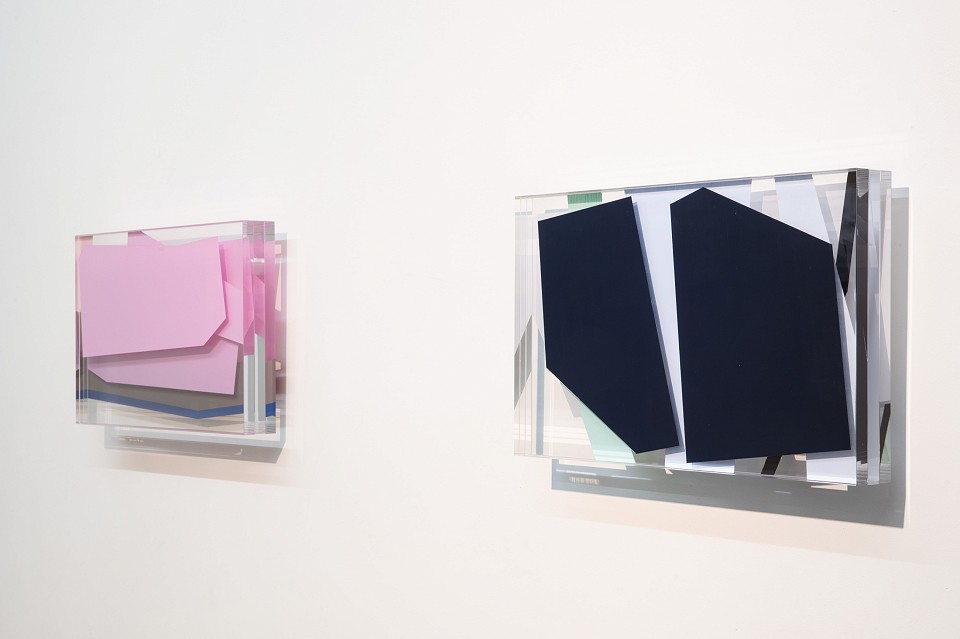
Michael Laube, about polygons, installationview, 2020, Photo: Thomas Bruns
-
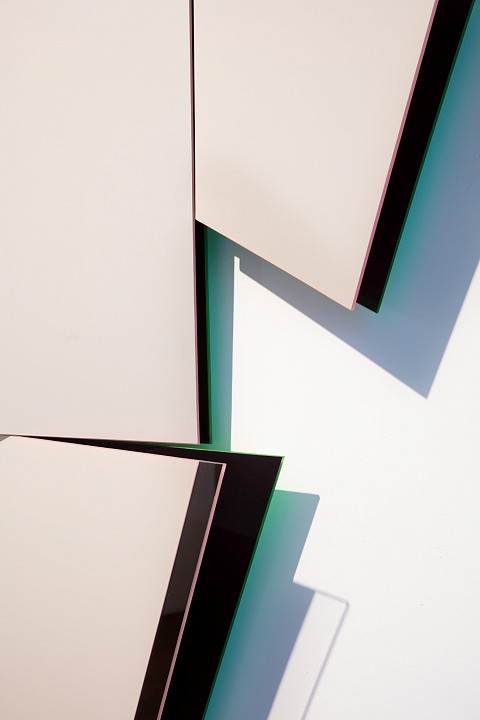
Michael Laube, about polygons, installationview, 2020, Photo: Thomas Bruns
-
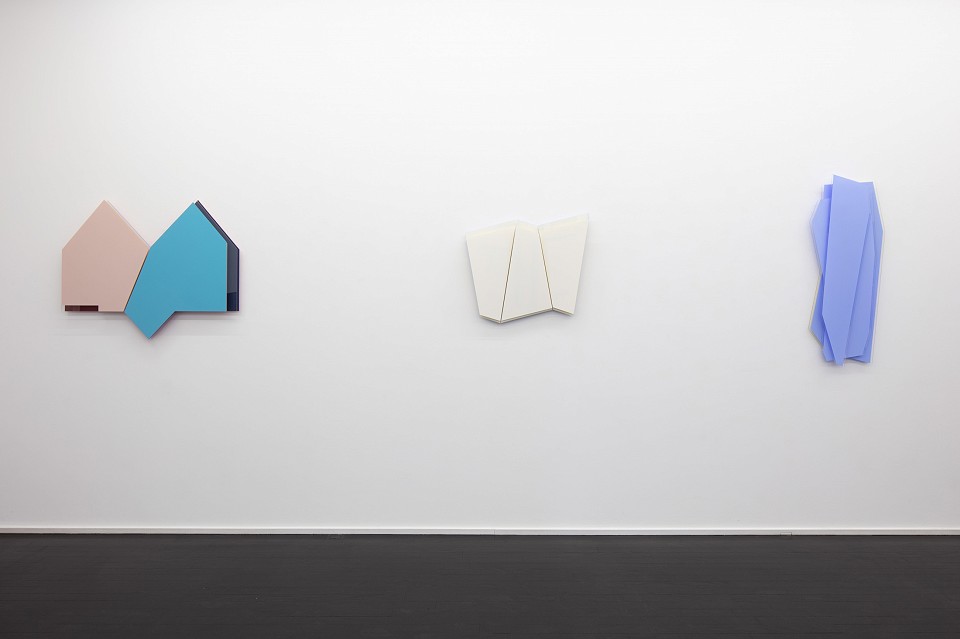
Michael Laube, about polygons, installationview, 2020, Photo: Thomas Bruns
-
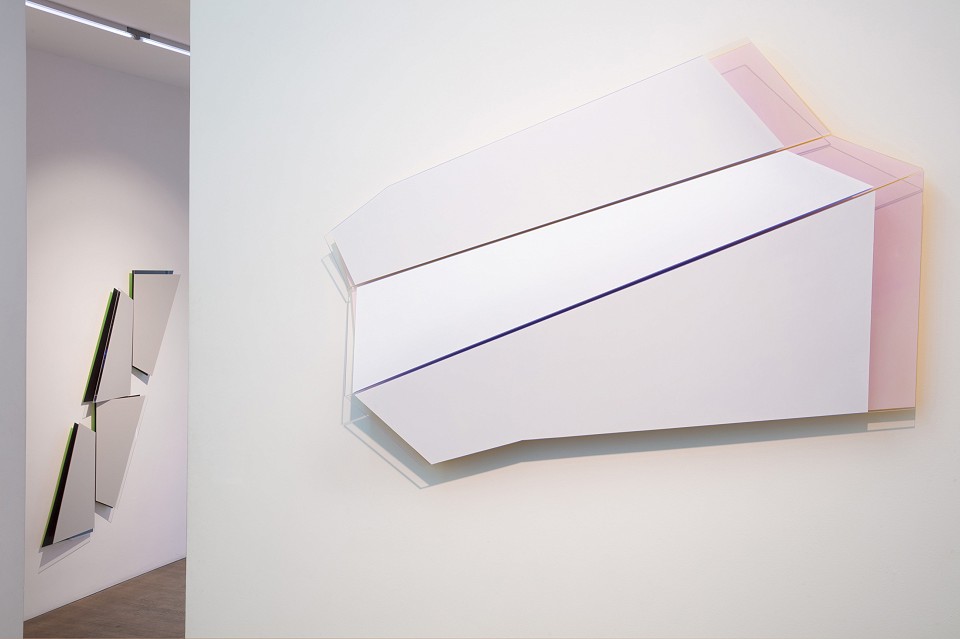
Michael Laube, about polygons, installationview, 2020, Photo: Thomas Bruns
-
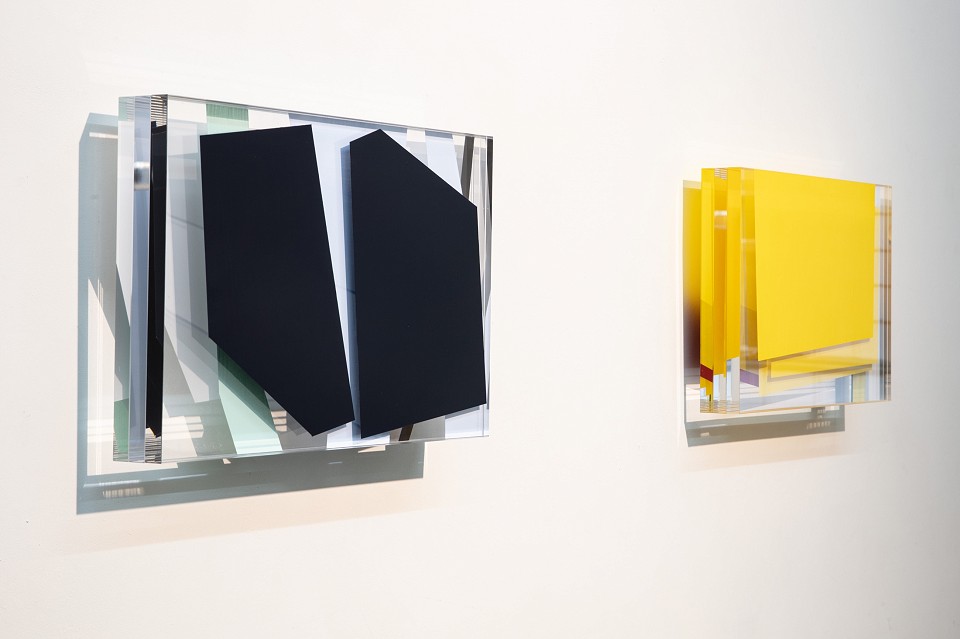
Michael Laube, about polygons, installationview, 2020, Photo: Thomas Bruns
-
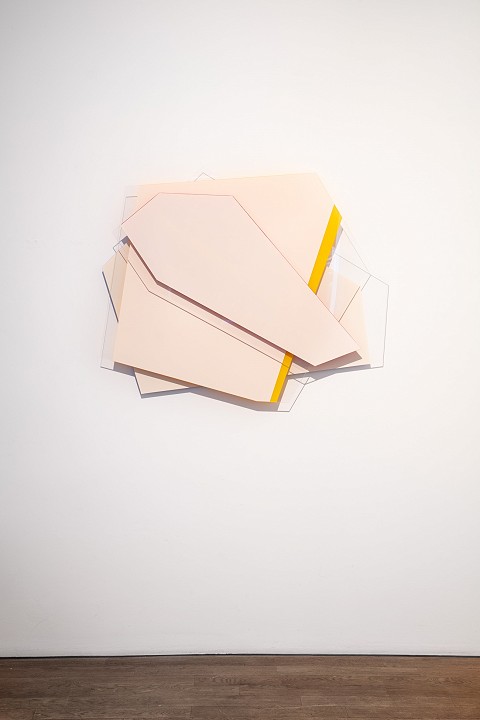
Michael Laube, about polygons, installationview, 2020, Photo: Thomas Bruns
-
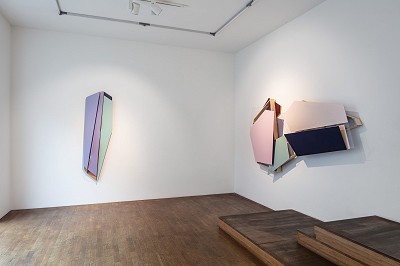
Michael Laube, about polygons, installationview, 2020, Photo: Thomas Bruns
-
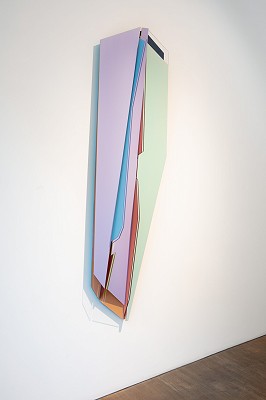
Michael Laube, about polygons, installationview, 2020, Photo: Thomas Bruns
-
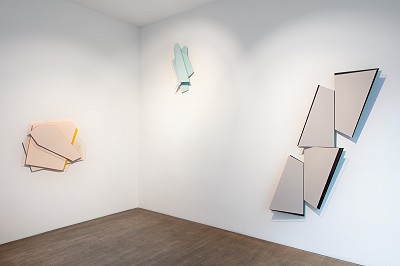
Michael Laube, about polygons, installationview, 2020, Photo: Thomas Bruns
-
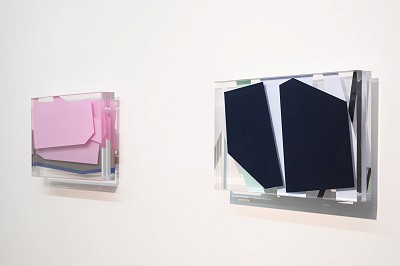
Michael Laube, about polygons, installationview, 2020, Photo: Thomas Bruns
-
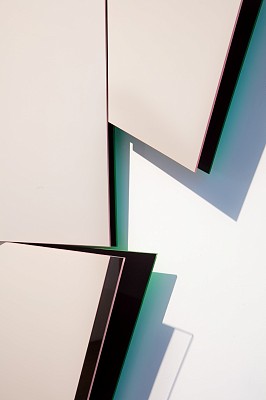
Michael Laube, about polygons, installationview, 2020, Photo: Thomas Bruns
-
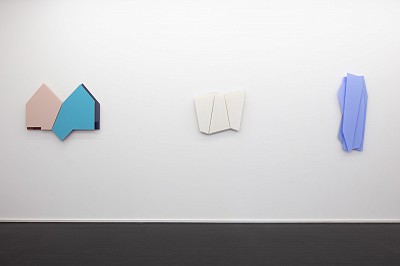
Michael Laube, about polygons, installationview, 2020, Photo: Thomas Bruns
-
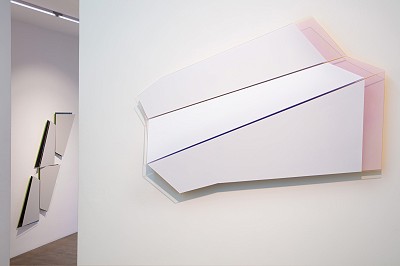
Michael Laube, about polygons, installationview, 2020, Photo: Thomas Bruns
-
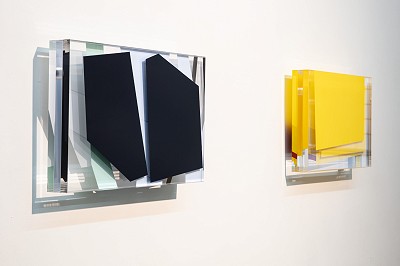
Michael Laube, about polygons, installationview, 2020, Photo: Thomas Bruns
-
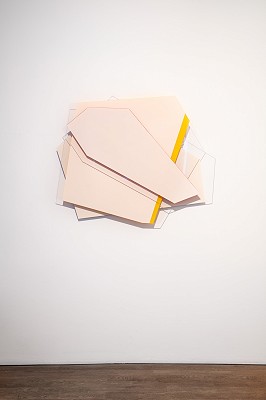
Michael Laube, about polygons, installationview, 2020, Photo: Thomas Bruns
about polygons is an exhibition resulting from a new direction taken by Michael Laube (b. 1955 in Coburg) that expands on his earlier work without departing from his highly distinctive artistic style. His new works are also created out of acrylic glass—Michael Laube’s preferred material that he first discovered in 1997 and has used consistently for painting since then as a surrogate for the canvas and as its extension into three-dimensional space. The transparent surface of acrylic glass allows for painting on both sides, thus declaring the paint ground itself as a spatial object. In this way, the artist has managed to completely transcend the illusion of spatiality produced by classical painting.
The box-like, acrylic-glass objects he has created to date comprise multiple layers of acrylic: while the rearmost or lowest layer is usually an expression of gestural painting and strongly influenced by chance (the artist was a master student of Georg Baselitz), Laube counteracts on the front layers the almost chaotic underlying structures with calculated, luminous stripes and semitransparent color areas one typically associates with Color Field painting. In so doing he feels like an archaeologist uncovering something—the result is always surprising.
At the same time, this complexity creates the possibility of perceiving the work of art from different angles. Viewers are invited to change their position in the room and take a fresh perspective—this reveals a multitude of possible color combinations and opens up a temporal dimension.
The new works shown here differ from his earlier acrylic-glass objects primarily in their form. The exhibition title about polygons already hints at this: rather than right-angled squares, we see geometric objects made up of highly varied polygons. Sharp angles and sharp edges are the expression of a new formal vocabulary. The acrylic glass not only functions here as a paint ground but also as an important design element. The idea for the new works came from Laube’s regular use of 3D programs in creating new work. Here spatial structures are often modeled using polygons. In a way, his approach is similar to that of an architect.
Nevertheless, the objects appear light and airy. This may be due to their external appearance: the polygonal shapes are strongly reminiscent of the art of origami. Folded paper planes from his school days are also what Michael Laube associates with it. Finally, the transparent character of acrylic glass and the possibility of seeing through it also suggest lightness. As an interface, the acrylic always stands between two spaces; the one in front and the one in back. The artist drives this game to absurdity by painting on both sides again. Monochrome color areas give way to the colorful stripes that were previously so distinctive for his work. The sharp edges create a kind of optical illusion: the colors on the back cast a luminous shadow on the wall—like a magical aura surrounding the artwork. Here the artist plays with our perception: “I am interested in things that are below the surface. I ask what is going on behind the surface,” explains Laube. His work challenges us to take a closer look: is he really showing us reality or just its illusion?
Michael Laube (b. 1955 in Coburg) studied communications engineering at the Karlsruhe Institute of Technology, art education at the Heidelberg University of Education and was a master student of Georg Baselitz during his painting studies at the University of the Arts in Berlin. He lives and works in Berlin.